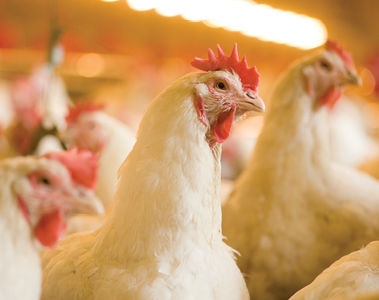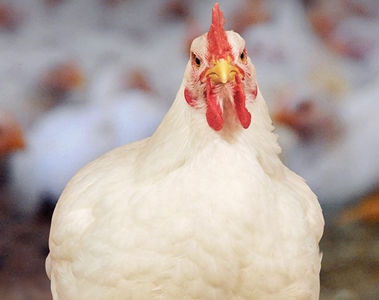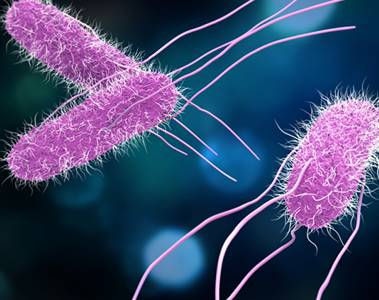
Viral Diseases Impacting Layers
18 Nov 2024
The layer industry plays a crucial role in the global food supply, producing billions of eggs annually. In 2022, the U.S. alone produced 92.6 billion eggs, marking a slight decline from previous years due to challenges such as disease outbreaks. By the end of that year, the U.S. maintained a population of 308 million commercial laying hens, with each hen producing an average of 300 eggs per year. In 2022, more than half of the 261 million cases of eggs produced were sold as shell eggs through retail outlets, while the remainder was processed for food service, manufacturing, or export. This data underscores the importance of maintaining the health and productivity of laying flocks to meet growing consumer demand. This article will explore the significant impact of viral diseases on egg production, focusing on key viruses such as HPAI, Infectious Bronchitis Virus (IBV), and Egg Drop Syndrome (EDS), and their implications for the layer industry.


